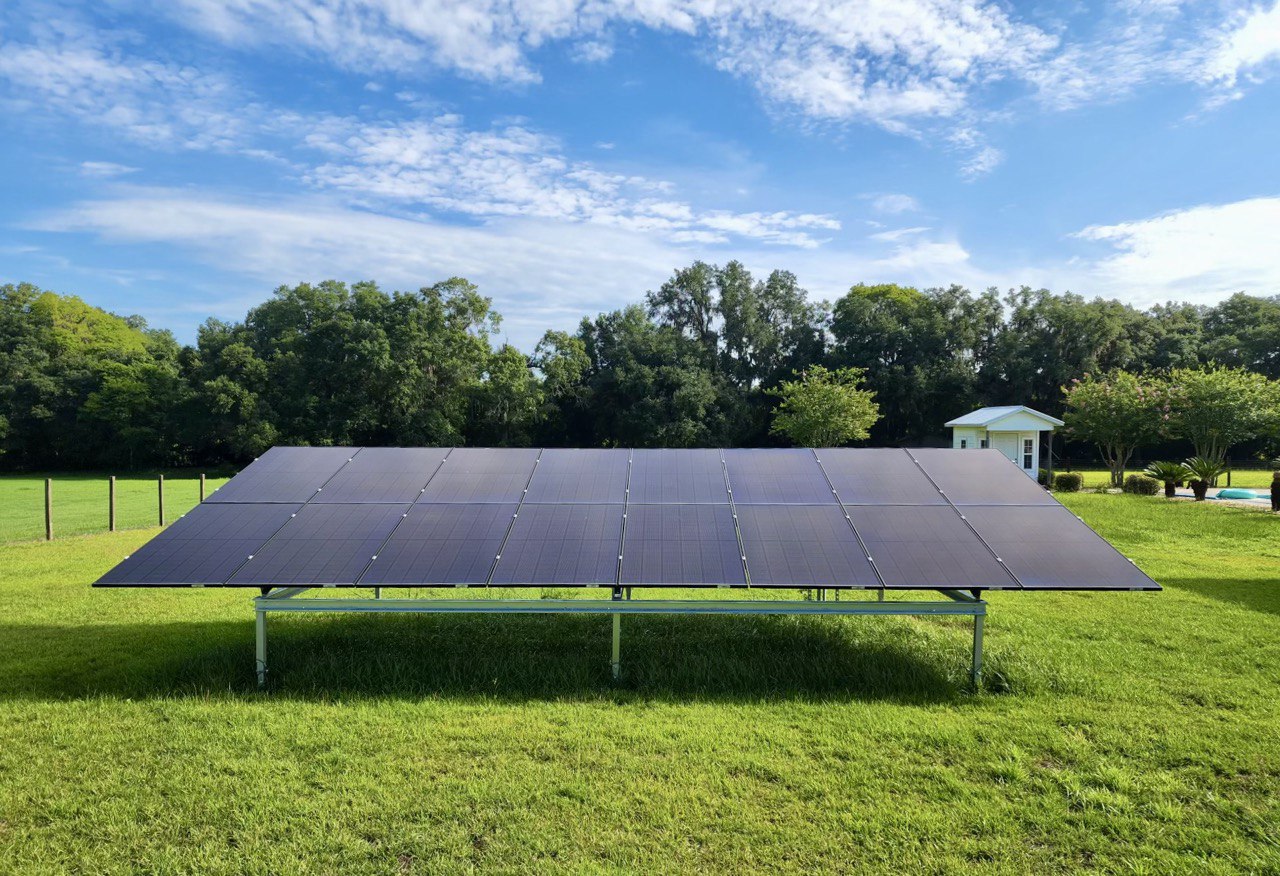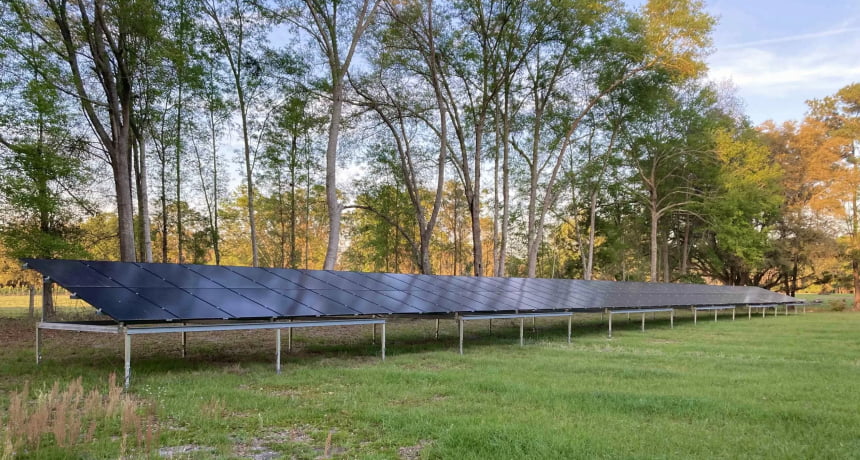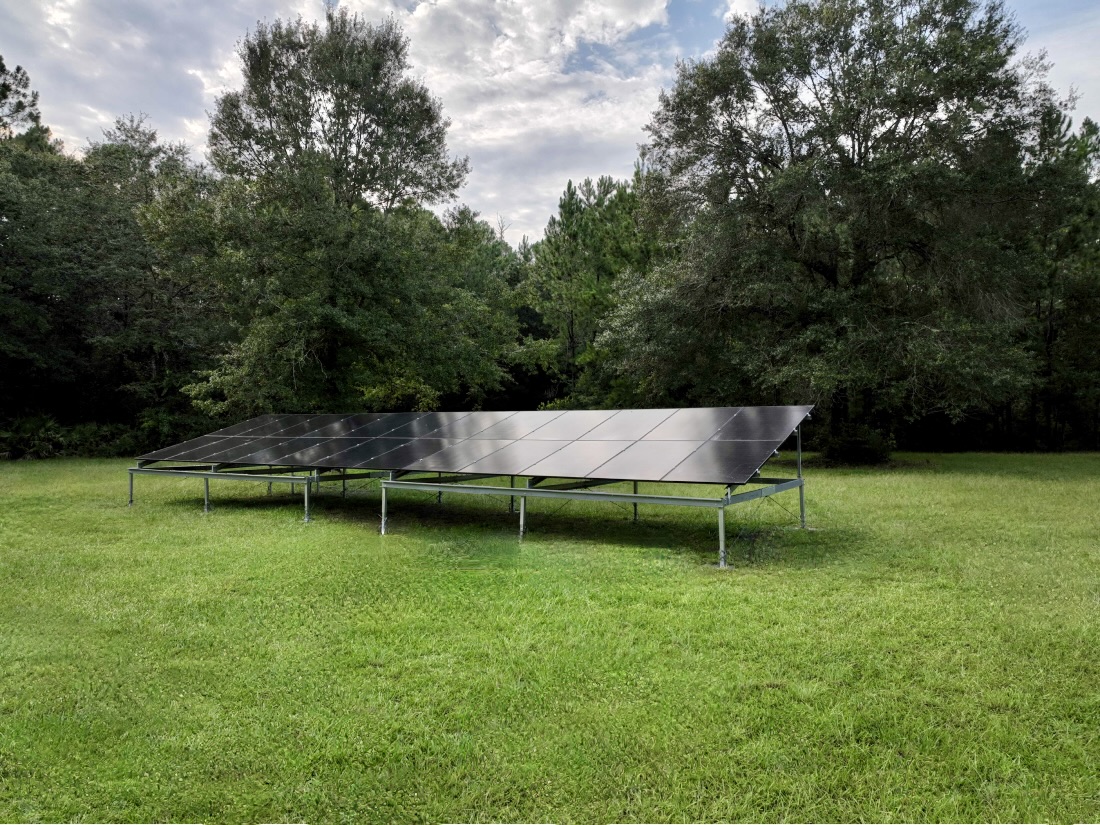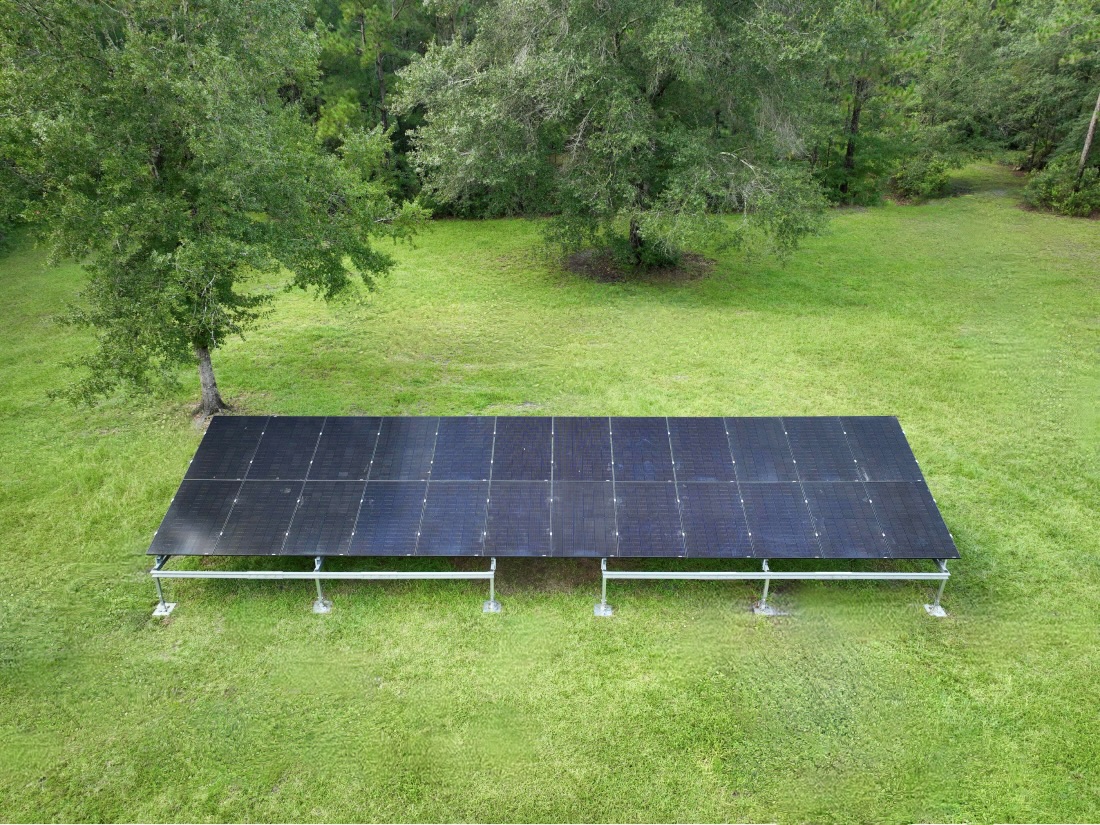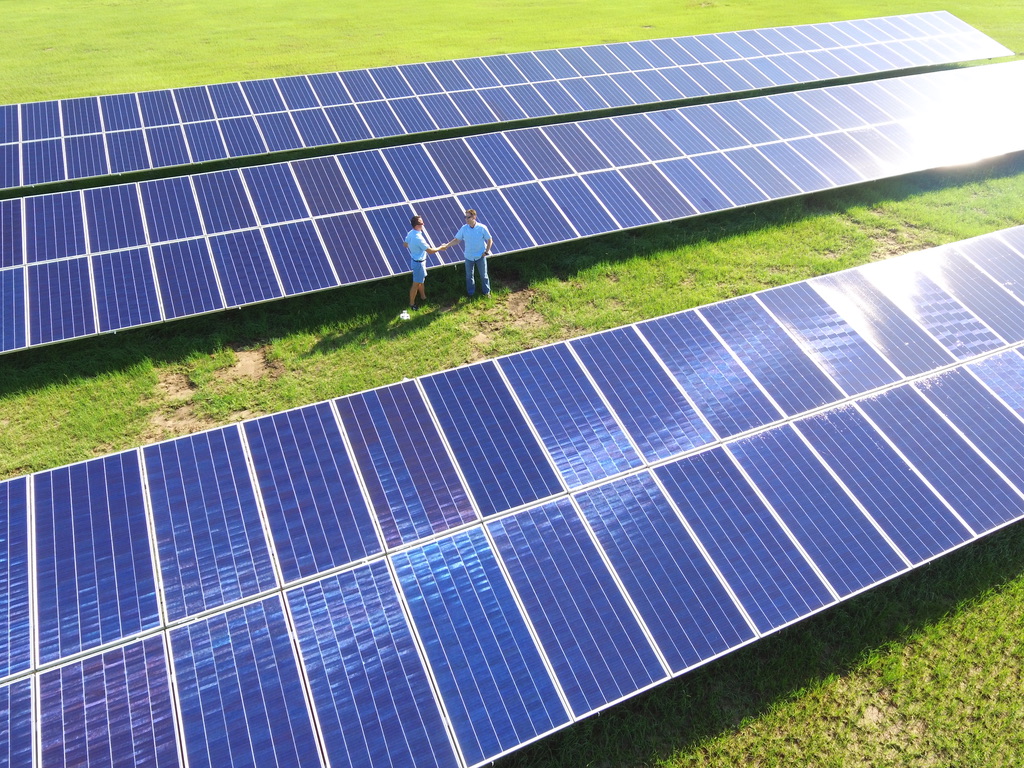We are ready to create a solar system tailored to fit your needs. Our sales team, designers, system engineers, office staff, installation crew, and management operate jointly to ensure your satisfaction and that your system always performs at peak capacity.
You can relax knowing your solar energy system for your home or business, purchased and installed by PPM Solar, is designed to provide outstanding service for 30 years.

